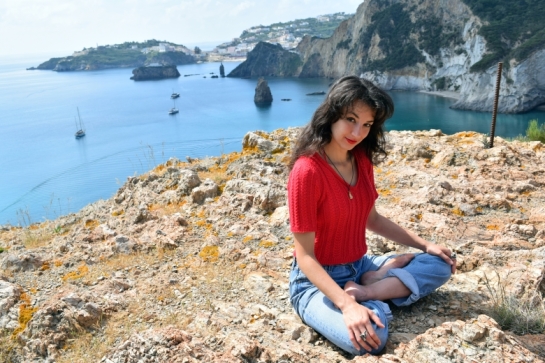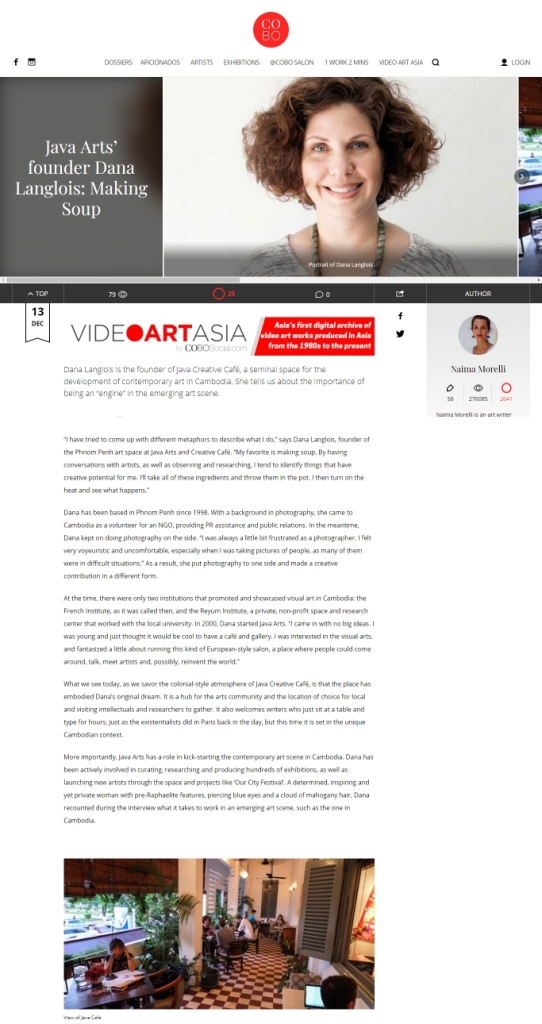
The norm and the individual
My curator friend Roberto D’Onorio and I have very different tastes when it comes to historical figures. I have always been all about the bat shit crazy personalities such as Caligula – which obviously attracted me for their romanticism, their “freedom in their own psychosis”. Conversely, Roberto has always been all about the composed, formal figures, among which his favourite is the Queen Elizabeth II.
He doesn’t just like her. He’s crazy about her to the point that he watched all the documentaries about her, all the series and of course the movie “The Queen”. What he likes about her is that she, unlike her other contemporaries such as Churchill or Margaret Thatcher – who by the way was referred to as having the lips of Marylin Monroe and the eyes of Caligula – was a sane individual in a system which required her to be there.
She didn’t have to make any kind of choice, she just had to follow a protocol which was already laid out for her. She just needed to embody it in the best way possible, and adapt her personality to it. As Roberto pointed out, Elizabeth was a sane individual operating in a system that catered to her. The system itself was something that had no reason to exist other than to keep power structures in place. And that brings us to talk about Singapore and its artists.









